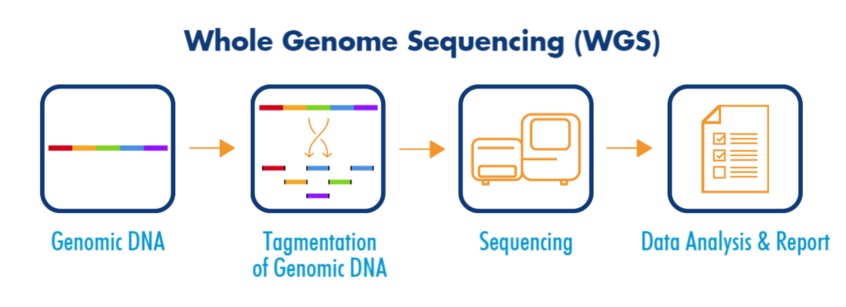Last Updated on May 18, 2025 by Muhamed Elmesery
DNA and DNA Sequencing
DNA (Deoxyribonucleic acid) is a molecule that contains the instructions an organism needs to develop, live, and reproduce. These instructions are found inside every cell and are passed down from parents to their children.

DNA is made up of molecules called nucleotides. Each nucleotide contains a phosphate group, a sugar group and a nitrogen base. The four types of nitrogen bases are adenine (A), thymine (T), guanine (G), and cytosine (C). The order of these bases is what determines DNA’s instructions, or genetic code.
You can read our previous article, for more information about DNA.
In this article, we will talk about DNA sequencing, how it is done, its importance, and some amazing facts about it.
Try Dna Sequencing in Praxilabs Virtual Labs
Table of Contents
What is meant by DNA sequencing?
The laboratory technique which is used to determine the order of the four chemical building blocks—called “bases”—that make up the DNA molecule is called” DNA Sequencing.” The sequence tells scientists the kind of genetic information that is carried in a particular DNA segment.
To understand DNA sequencing, you should know that:
In the DNA double helix, the four chemical bases always bond with the same partner to form “base pairs.” Adenine (A) always pairs with thymine (T); cytosine (C) always pairs with guanine (G). These pairings are the basis for the mechanism by which DNA molecules are copied when cells divide, and the pairings also underlie the methods by which most DNA sequencing experiments are done. The human genome contains about 3 billion base pairs that spell out the instructions for making and maintaining a human being.
Types of DNA Sequencing
Now we will discuss how DNA sequencing occurs in the laboratory
There are two main types of DNA sequencing:-
1- Sanger method
The older, classical chain termination method. In it, the target DNA is copied many times, making fragments of different lengths. Fluorescent “chain terminator” nucleotides mark the ends of the fragments and allow the sequence to be determined, as shown in the following diagram:
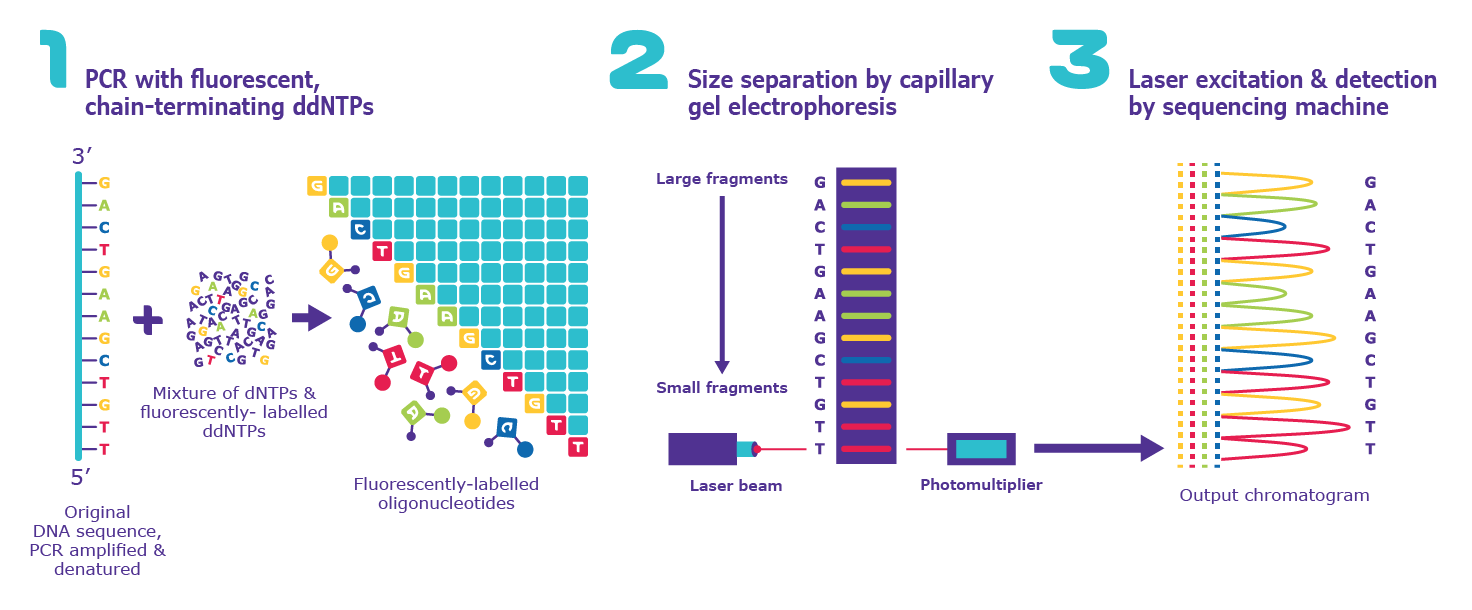
2- Next-Generation Sequencing (NGS) Methods
The newer methods of dna sequencing that can process a large number of DNA molecules quickly are collectively called High-Throughput Sequencing (HTS) techniques or Next-Generation Sequencing (NGS) methods.
NGS occur as shown in the following diagram:
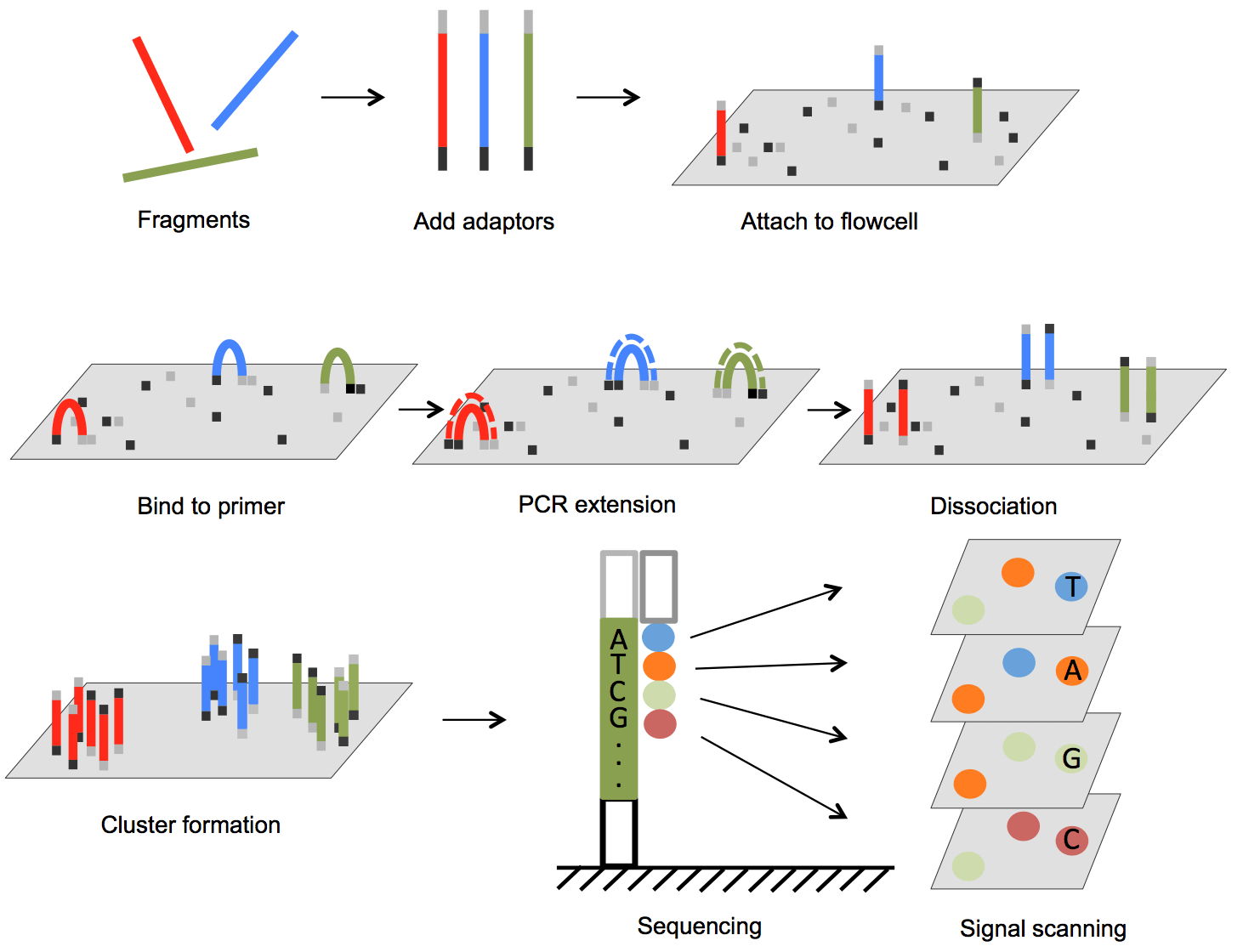
There are a variety of Next-Generation Sequencing techniques that use different technologies. However, most share a common set of features that distinguish them from Sanger sequencing, like:
Get Started Praxilabs For FREE
- Highly parallel: many sequencing reactions take place at the same time.
- Micro scale: reactions are tiny and many can be done at once on a chip.
- Fast: because reactions are done in parallel, results are ready much faster.
- Low-cost: sequencing a genome is cheaper than with Sanger sequencing.
- Shorter length: reads typically range from 505050 to 700700700 nucleotides in length.
In contrast, we can compare between Sanger sequencing method and Next-Generation Sequencing (NGS) methods as follows:
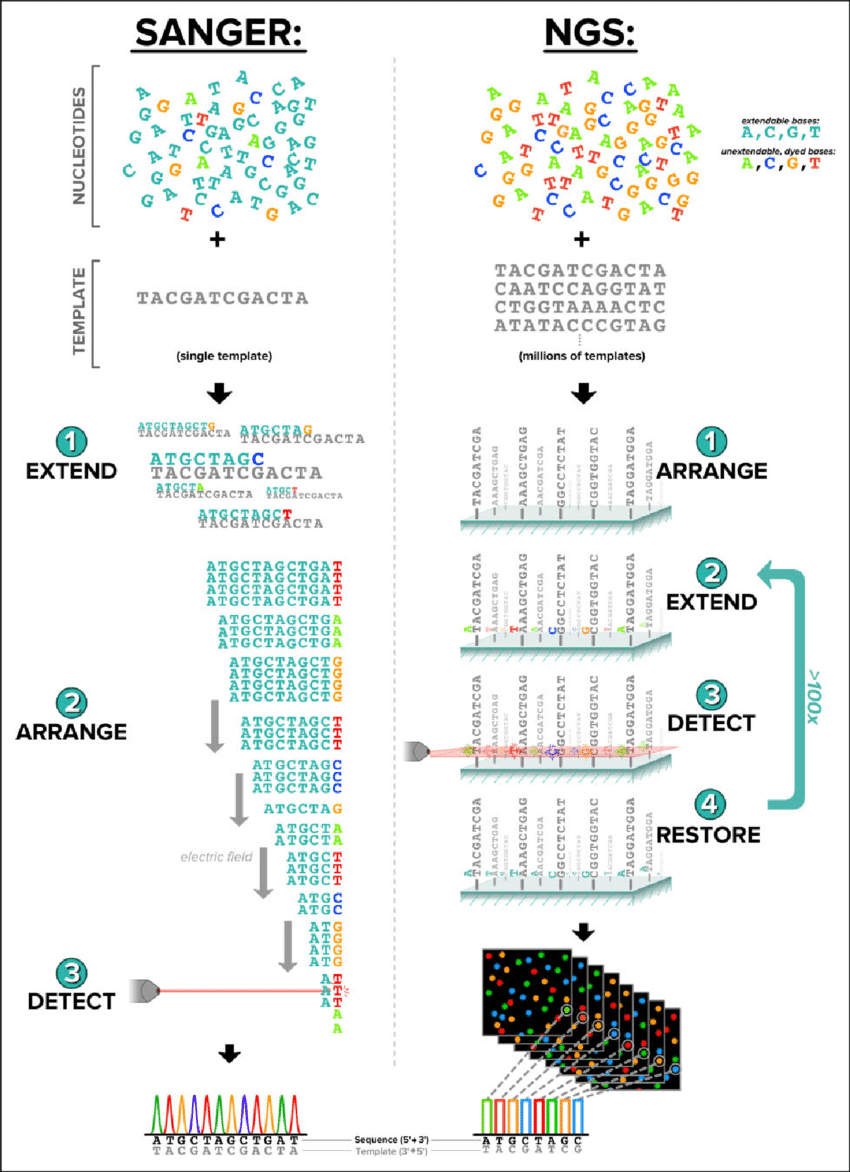
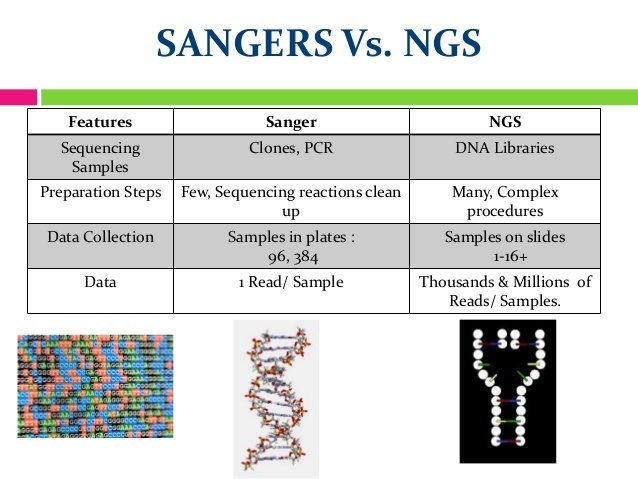
Other Methods Can Be Used in DNA Sequencing Like:
Whole Genome Sequencing
This is the process of determining the complete DNA sequence of an organism’s genome at a single time. This entails sequencing all of an organism’s chromosomal DNA as well as DNA contained in the mitochondria and, for plants, in the chloroplast. In practice, genome sequences that are nearly complete are also called whole genome sequences.
Nextera DNA Library Preparation Kits
It provides a fast and easy workflow, enabling sequencing-ready libraries to be generated in less than 90 minutes, with less than 15 minutes of hands-on time. Samples prepared with Nextera kits are compatible with all Illumina sequencers. With Nextera technology, DNA is simultaneously fragmented and tagged with sequencing adapters in a single step, using standard lab equipment. Ideal for precious samples available in limited quantity, the protocol requires only 50 ng of DNA input.
Try Dna Sequencing Now For FREE
Importance of DNA Sequencing
Why is DNA sequence information important for scientists?
DNA sequence information is important for scientists investigating the functions of genes. Understanding the sequences of DNA can be applied in various settings like:
- DNA sequencing now forms the base of biologic research and is applied in biotechnology, forensic biology, virology, and medical diagnoses.
- Researchers are already able to use the results of DNA sequencing to compare long lengths of DNA. In some cases, this may include looking at segments of over a million bases to compare differences in the sequencing. This information can reveal important information about the role of certain DNA patterns and susceptibility to health conditions or response to medical treatment.
- The routine use of DNA sequencing as a diagnostic tool for the general practitioner remains a possibility for the future, but there are some ways that sequencing is already being used for medical purposes. For example, DNA sequencing is currently used for cancer patients to help identify the type of cancer that is present, which directs the treatment decisions for the patient. Similar methods are currently in development for other health conditions that are likely to have a genetic element, such as cardiovascular disease and diabetes.
- In molecular biology, DNA sequencing is now an integral part of most biological laboratories. It is used to verify the results of cloning exercises to understand the effect of particular genes.
- In gene therapy and control systems for drugs through replacement of defective genes for certain diseases.

DNA Sequencing Virtual Lab Experiment from PraxiLabs
PraxiLabs provides the DNA sequencing virtual lab for students, teachers, and researchers (Try it now).
Create a FREE Virtual Labs Account Now!
- The experiment is conducted to detect the sequence of DNA in a sample.
- It depends on:
- Whole Genome Sequencing Method (WGS).
- Next Generation Sequencing Method (NGS).
- Nextera DNA Library Preparation Kits.
- Theoretical Background
DNA is extracted and purified before sequencing. Some of this DNA is then processed for library preparation. Library is a pool of similarly sized DNA fragments with adapters attached.
During library preparation, DNA first undergoes tagmentation, where DNA is simultaneously fragmented and tagged with adapters using an enzyme called transposase. Transposons can cut DNA and insert a portion of itself (adapter sequence). After adapters are ligated, DNA is cleaned up from excess transposons and amplified using PCR. During PCR, additional motifs, such as the sequencing primer binding sites indices and regions that are complementary to the flow cell oligos, are also added.
Libraries are then cleaned up using AMPure XP beads, which also provide a size selection feature. This is followed by quantification, using Qubit fluorometric assay, and normalization.
Clustering and sequencing occur in the flow cell. A flow cell is a multilane glass with nano wells coated with two types of oligonucleotides (oligos) on the surface.
- Steps Overview
- Purification of extracted DNA using ExoSAP-IT
- Library construction (similarly sized DNA sequences with known adapter sequences added to the 5’ and 3’ ends)
- DNA tagmentation (fragmentation + adapter ligation).
- Clean up of tagmented DNA.
- Amplification of tagmented DNA and addition of index adapters using 5 cycle PCR.
- Library clean up and size selection (using AMPure beads).
- Library normalization and pooling.
- Denaturing and diluting libraries and PhiX control for sequencing.
- Cartridges and flow cell handling.
- Sequence run.
An explanatory video of the steps for DNA Sequencing
Facts About DNA Sequencing
Now, enjoy these amazing facts about DNA sequencing:
- Though DNA sequencing used to take years, it can now be done in hours. Further, the first full sequence of human DNA used to take around 3 billion dollars. Now, certain companies will sequence your entire genome for less than $1,000.
- Many companies now offer single-nucleotide polymorphism tests. These tests focus on individual nucleotides within genes that can signify certain genetic variants. These SNPs, as they are known, have been correlated to certain conditions and can help predict how your genes may influence your life.
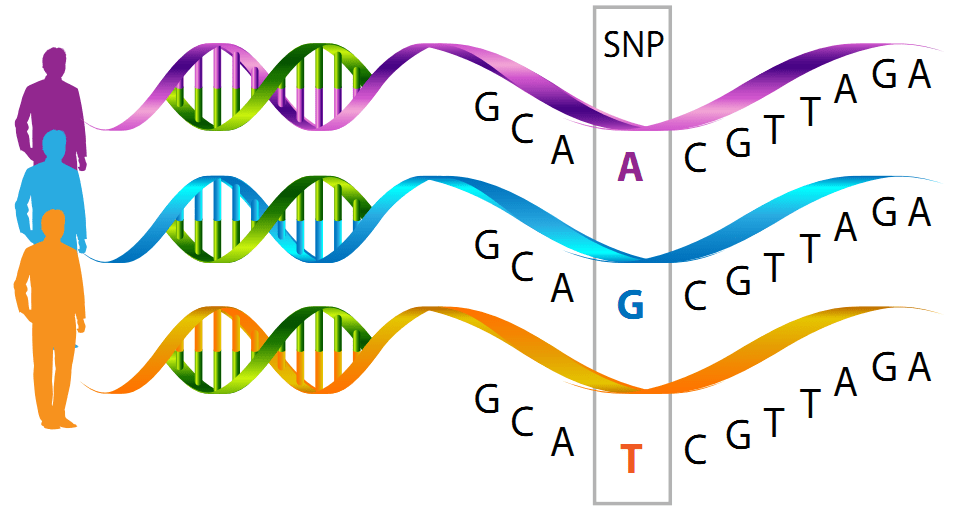
3- One new sequencing technology (under development) involves watching DNA polymerase molecules as they copy DNA, the same molecules that make new copies of DNA in our cells, with a very fast movie camera and microscope and incorporating different colors of bright dyes, one each for the letters A, T, C, and G. This method provides different and very valuable information more than what’s provided by the instrument systems that are in most common use.
4- According to the National Human Genome Research Institute (NHGRI), technological improvements and automation have increased speed and lowered costs to the point where individual genes can be sequenced routinely, and some labs can sequence well over 100,000 billion bases per year, and an entire genome can be sequenced for just a few thousand dollars.
Try Our Simulation “DNA Sequencing”
Subscribe to Your Plan Now and Enjoy Up to 50% Discount
 PraxiLabs A virtual world of science
PraxiLabs A virtual world of science

